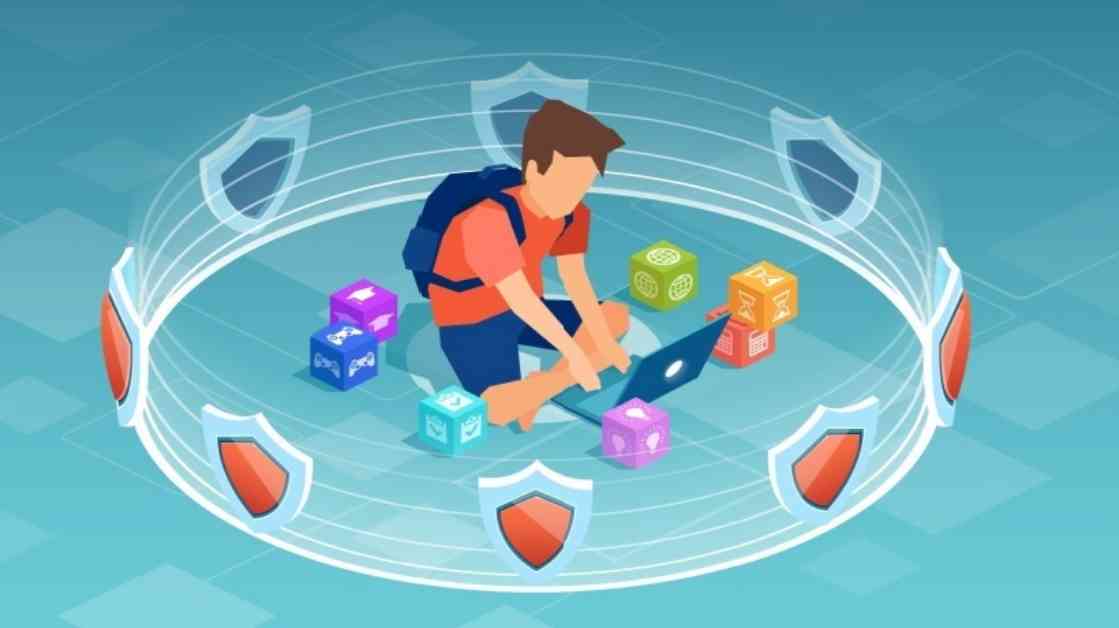**Teaching Cybersecurity Basics to Kids: Tips and Resources**
Children today are growing up in a digital age, surrounded by smart devices and the internet from a very young age. While they may be adept at navigating technology, it is crucial to ensure that they understand the importance of cybersecurity to protect themselves online. In this article, we will delve into some essential cybersecurity basics that children need to know, along with practical tips and resources to help them stay safe in the digital world.
**What Are Cybersecurity Basics and Why Are They Important for Kids?**
Cybersecurity is the practice of protecting devices, networks, and data from unauthorized access. For children, understanding cybersecurity basics is essential to safeguard their personal information, privacy, and overall online safety. By teaching kids about cybersecurity, we empower them to make informed decisions and navigate the online world responsibly.
**Explaining Cybersecurity in Simple Terms for Kids**
When introducing cybersecurity to kids, it is important to simplify the concept to make it easily understandable. Think of cybersecurity as a virtual lock that keeps strangers out of your digital space. By following basic cybersecurity practices, children can protect themselves from online threats and stay safe while using the internet.
**Types of Online Dangers for Children**
Before diving into cybersecurity best practices, it is crucial to educate children about the types of online threats they may encounter. These dangers can be categorized into three main groups:
1. **Strangers:** Predators who may try to extract personal information by posing as someone else.
2. **Peers:** Online harassment or cyberbullying from acquaintances or strangers.
3. **Self:** Children unintentionally putting themselves at risk by sharing sensitive information or engaging in risky online behavior.
By understanding these dangers, kids can be better prepared to identify and avoid potential risks while online.
**Cybersecurity Basics: Terms and Best Practices for Kids**
1. **Understanding Personal Information:** Children should be aware of the importance of protecting personal information such as their full name, address, phone number, and banking details. They should avoid sharing this information online to prevent it from falling into the wrong hands.
2. **Creating Strong Passwords:** Encourage kids to create strong passwords for their online accounts by using a combination of letters, numbers, and symbols. Additionally, advise them never to share their passwords with anyone to maintain security.
3. **Recognizing Phishing Attempts:** Teach children to be cautious of suspicious messages or emails that may be phishing attempts. By educating them on the signs of a scam, such as typos or requests for personal information, kids can learn to identify and avoid potential threats.
4. **Explaining Privacy Settings:** Show kids how to adjust privacy settings on social media platforms and online games to control who can view their content. By making their accounts private and only accepting friend requests from people they know in real life, children can protect their personal information online.
5. **Logging Out of Devices:** Emphasize the importance of logging out of online accounts, especially on shared or public devices. By logging out and refraining from saving login credentials, kids can prevent unauthorized access to their accounts and sensitive information.
6. **Practicing Safe Downloading:** Encourage children to download software, games, and apps from trusted sources to avoid malware and viruses. Remind them to be cautious of free offers that may pose a threat to their devices or personal information.
7. **Talking to a Trusted Adult:** Teach kids to seek help from a trusted adult when encountering online content or behavior that makes them uncomfortable. By having a knowledgeable individual to turn to for guidance, children can navigate the online world safely and responsibly.
**Conclusion**
In a digital age where children are constantly connected online, cybersecurity awareness is essential to protect them from potential risks and threats. By teaching kids about cybersecurity basics and providing them with practical tips and resources, we can empower them to make informed decisions and stay safe while using the internet. Remember to keep communication open with children so they feel comfortable seeking help and guidance whenever needed. Together, we can help children navigate the online world responsibly and confidently.
